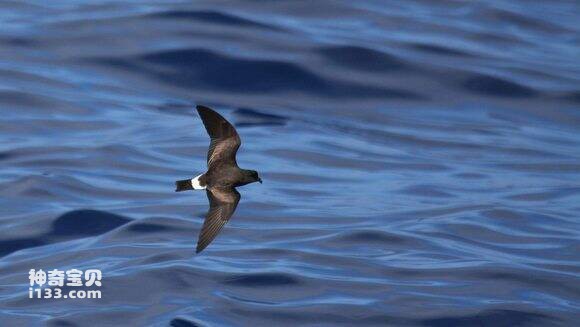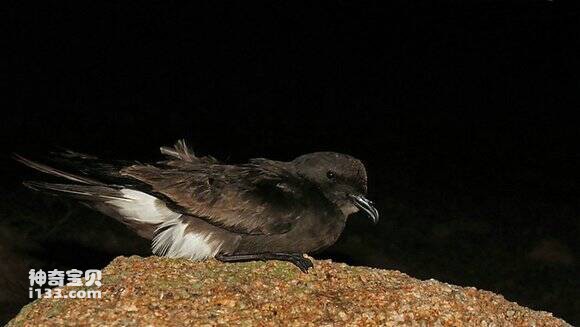Oceanodroma castro
IUCN
LCBasic Information
Scientific classification
- name:Oceanodroma castro
- Scientific Name:Oceanodroma castro,Harcourt's Storm Petrel,Madeiran storm petrel
- Outline:Waterfowl
- Family:
Vital signs
- length:No textual research information is available
- Weight:No textual research information is available
- lifetime:No textual research information is available
Feature
Distribution and Habitat
Distributed throughout North America (including the United States, Canada, Greenland, Bermuda, Saint Pierre and Miquelon Islands, and the transition zone between North and Central America in Mexico), Eurasia and Northern Africa (including the whole of Europe, Africa north of the Tropic of Cancer, the Arabian Peninsula, and Asia north of the Himalayas, Hengduan Mountains, Minshan Mountains, Qinling Mountains, and Huai River). Central and southern Africa (including the southern part of the Arabian Peninsula, the entire African continent south of the Sahara Desert (Tropic of Cancer).) Central America (located between North and South America, including Guatemala, Belize, Honduras, El Salvador, Nicaragua, Costa Rica, Panama, Bahamas, Cuba, Haiti, Jamaica, Dominica, Antigua and Barbuda, Saint Vincent and the Grenadines, Saint Lucia, Barbados, Grenada, Trinidad and Tobago, etc.), South America (including Colombia, Venezuela, Guyana, Suriname, Ecuador, Peru, Bolivia, Paraguay, Brazil, Chile, A
Appearance
The details are unknown.
Details
Oceanodroma castro, Harcourt' s Storm Petrel are aggregative birds, either in nesting areas or at sea, mostly in small or loose groups, but some species are solitary. They spend their entire lives at sea, returning to land only to breed. With the exception of a few species that land during the day, most species return to their nests after dark to reduce prey from predators such as gulls, skuas, crows and birds of prey. They often fly close to the sea, as agile as swallows, and sometimes their feet touch the water, as if walking on water. Occasionally dives into the water to hunt, but soon jumps out again. Rarely stop to rest on the surface of the sea.

The petrel has a small mouth crack and can only prey on small fish and squid and krill floating on the sea surface. Often splashing or swaying on the water with their feet, feeding on disturbed and alarmed zooplankton and small fish. Sometimes they follow fishing boats, whale and dolphin herds, or schools of fish to hunt for small, fleeing fish.

Protect wild animals and eliminate wild meat.
Maintaining ecological balance is everyone's responsibility!








